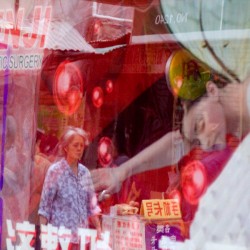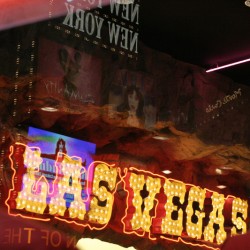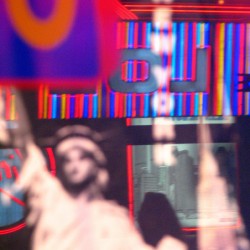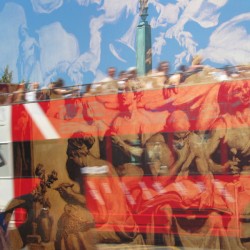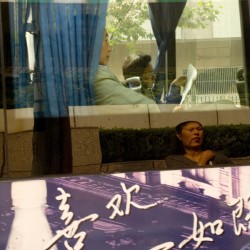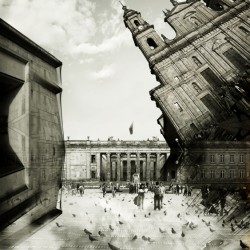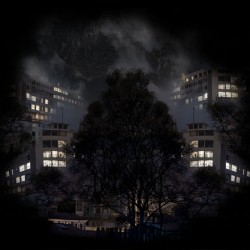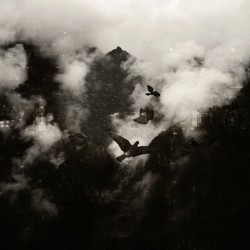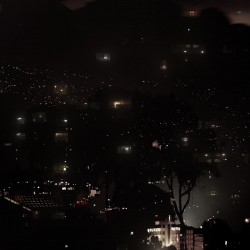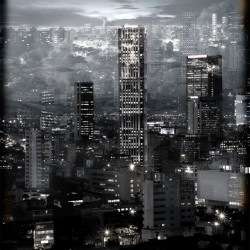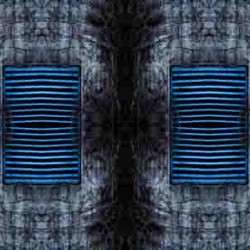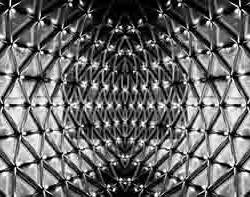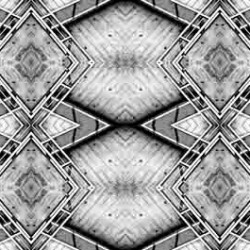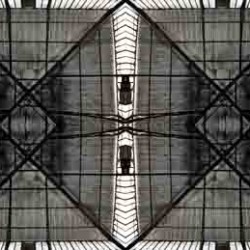As the world becomes a smaller place we begin to find that though there are different cultures, the culture of technology is something that connects us all – a plane can take us anywhere and the internet allows us to video chat with someone in another hemisphere, our photos may be seen in Bali and a child’s first steps in America may be watched in Tanzania, and likewise, everyone else’s technological recordings can be viewed by us. Our experience of culture remains the same physical act, but what we experience through technology enters a non-distinct realm of globalized acceptance.
Today, as this technology allows global communication on a massive scale, all of the differentiations between us have suddenly become merged. A billboard in Times Square can be compared to a billboard in Tokyo; a store window in Paris can be compared to one in London; a movie theater marquee in Bogotá is similar to one in Beijing.
There is an automatic link that connects technology or science, and art. The most contemporary mediums of art are results of technological growth. When photography was first “invented” in the 1800s, it utilized chemical processes that were discovered in the same period, while at the same time a new perception of art and reality were coming into existence. Video was produced once someone discovered how to take many photos in rapid succession.
In the last century, art has entered a new realm, one of design, where imagery becomes less a form and more of a function. The advertising that we see on a daily basis has been designed in a way that we respond to it subconsciously. Advertising, or the analysis of how humans receive and process information, has been so designed, that how it looks is less important than how it transforms your way of thinking.
In Mundo Fabricado, two photographers explore the technological world that we live in by recording it, constructing it, and altering it. They acknowledge a culture of imagery that is so prevalent, that it is impossible to ignore.
Chris Kitze (United States, 1957) has travelled, physically, to many countries around the world, taking photos of global culture, whether it is spiritual or technological. In his series Electric Image, he investigates the thin line that binds the electric with the analog. His photos merge imagery to create a view into a world that we have come to accept - a digital world captured digitally. They are filled with neon lights, expansive billboards, and dancing figurines that cross between real and imaginary. These scenes represent our world and repeat themselves in all cultures, creating this underlying technological culture.
Juanita Carrasco (Colombia, 1978) creates images through the machinery that is responsible for the technological world we live in. She actively participates and interprets society through layers of information – buildings mixed with trees, birds, roads, and clouds, strung together with artificial lights from apartments or the street. Her end product presents a surreal atmosphere, dream-like and mystifying.
As Colombia grows, its buildings become the foundation for a culture that welcomes the globalized "lit" world. As we prepare for advertised infiltration, Carrasco takes note of the world around us and begins to construct a vision of what we will soon come to accept as the norm.
Juliana Gómez (Colombia, 1985) constructs worlds of repeating imagery in a clear acceptance of our digital culture. She relies upon technology to develop her own perspective of how our world is built. Architectural and geometrical, her photographs no longer accept the understanding of what we envision as real. Instead, they take an abstract perspective of this manufactured world by altering the images from her camera through her computer.
These artists take an individualized look at how the world around us is acting and how it affects us. We see growth, connectivity, and solitude held together by a wire. These cultural investigators view where we are and where we're going through the digital photographic system that informs us and are able to take a specialized look into our Electric Culture.

